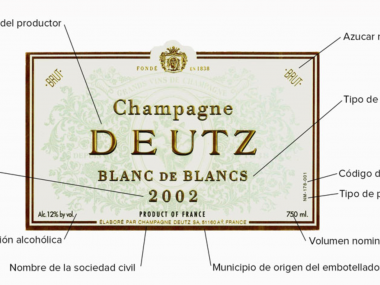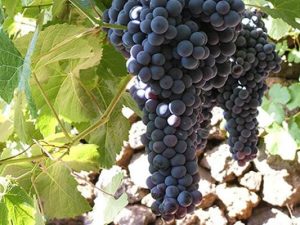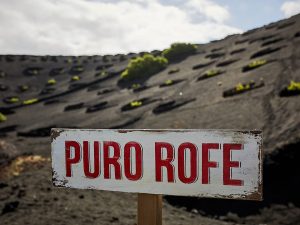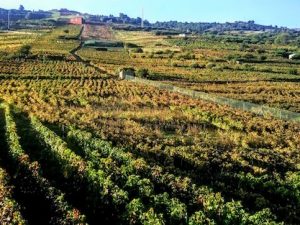Pinot Noir is one of the star varieties worldwide and its best examples are mainly found in Burgundy, although it can also be found in continental regions, at high altitudes or cold with maritime influences.
It is a very versatile grape variety, as it is one of the few red grapes used not only in red wine, but also in rosé, white and sparkling wine.
With a thin skin and low tannin content, this grape variety offers elegant and light wines, with a soft ruby colour and very easy to drink.

Characteristics of the Pinot Noir grape
The best examples of Pinot Noir, made mainly in Burgundy, show different characteristics that are evident depending on the terroir where the grapes come from. Their early ripening means that only the cooler regions can provide a long enough growing season to produce interesting wines.
The Pinot Noir grape has an early blooming and maturation, which makes it susceptible to spring frosts and acariosis. It adapts well to temperate climates and clay-limestone soils. In warm climates, Pinot Noir ripens very quickly and the sensitive berries tend to be subject to sunburn.
Restricting yields and fertility is recommended, especially when clones are productive.
Pinot Noir tends to produce many small clusters, is delicate and susceptible to powdery mildew, mildew, botrytis cinerea, cycadellidae insects and the short, rolled-up vine internode virus (xiphinema index and closterovirus).
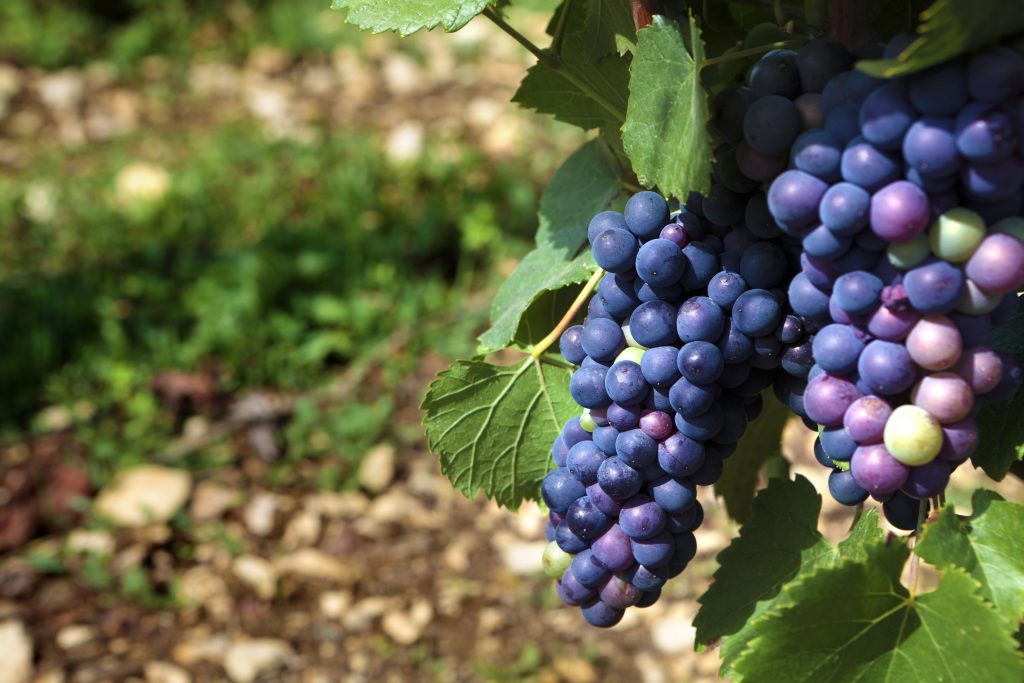
Where are Pinot Noir wines produced?
Far from Burgundy, the most reputable regions for the successful production of Pinot Noir wines are: continental (Jura, parts of Germany, Switzerland and Canada); low-latitude (New Zealand, Tasmania and Patagonia); high-altitude (Alto Adige); or cold with maritime influences (Oregon, Sonoma, Carneros, Monterrey, the Central Coast of California, the emerging Chilean coastal regions and sub-zones of Victoria and Tasmania in Australia).
Spain is a very hot country for growing delicate Pinot Noir. Some interesting examples are from high altitude vineyards such as Escoda Sanahuja in Conca de Barberà.

Pinot Noir wines
Pinot Noir grapes are lightly pressed to produce a pale pink juice with no aggressive tannins. In this sense, unlike the aggressive tannins of Cabernet Sauvignon, Pinot Noir wines are relatively smooth, fruity and easy to please.
The excellent Grand Cru red wines of Burgundy can be hard in their youth and need one or two decades to develop complexity but, in general, they are wines that fall in love.
When Pinot Noir wines are young, they can taste like cherries, raspberries and a wide range of red fruits. As the wines age we find aromas of compost, moss, truffle and mushrooms, but always with an underlying and attractive sweetness.
Other types of wine can also be made with Pinot Noir, such as sparkling wines: in Champagne, Pinot Noir (along with Pinot Meunier and Chardonnay) is a key ingredient. In fact, there are more plantations of Pinot Noir grown in the Champagne region than in Burgundy.
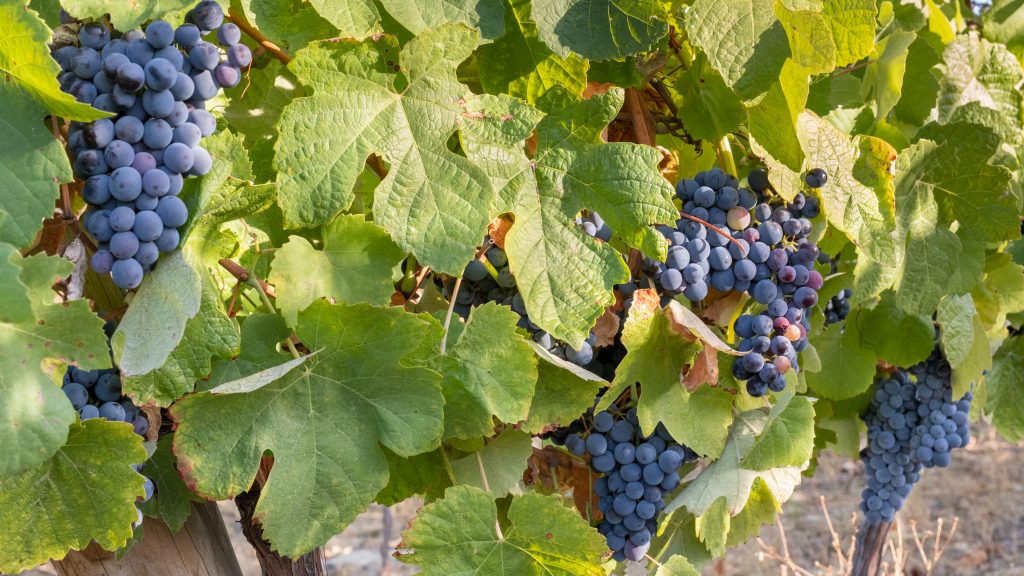
Pinot Noir wine pairing
Wines made from the Pinot Noir variety are very versatile in their pairing, thanks to their high acidity and low tannin content. However, we could say that their best combinations are chicken, pork and duck, as well as mushrooms.


